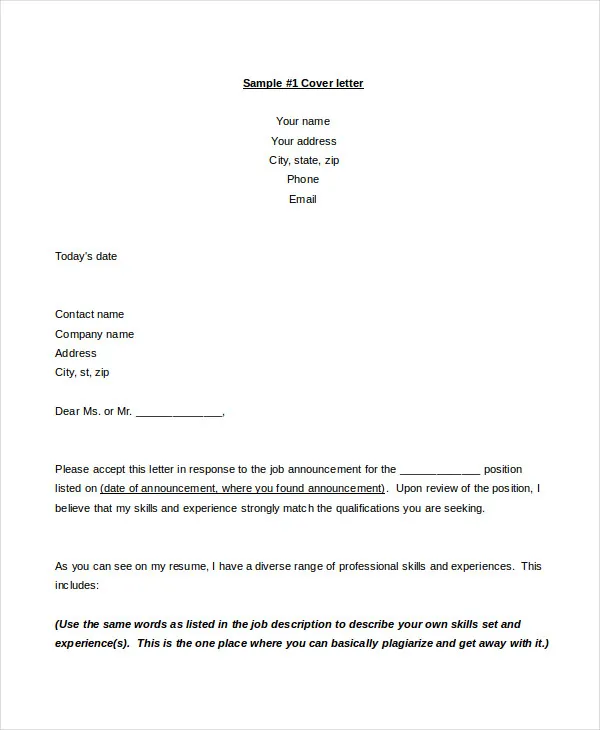The Power of Professional Resume Writing
In today’s competitive job market, a well-crafted resume is more than just a list of your previous jobs; it’s your personal marketing document. It’s often the first impression you make on a potential employer, and it can significantly influence whether you get an interview or your application goes unnoticed. Professional resume writing involves understanding what employers are looking for, tailoring your experience to match those needs, and presenting your qualifications in a clear, concise, and compelling manner. This article reveals the top 7 secrets of professional resume writing to help you craft a resume that stands out and lands you the job you desire. A strong resume is the cornerstone of a successful job search, and mastering these secrets will give you a distinct advantage over other applicants.
Secret 1 Tailoring Your Resume
One of the biggest mistakes job seekers make is using a generic resume for every application. Tailoring your resume to each specific job is crucial. This means carefully reviewing the job description and identifying the key skills, qualifications, and experiences the employer is seeking. Then, you should adjust your resume to highlight those aspects of your background that directly align with the job requirements. This might involve re-ordering sections, emphasizing certain achievements, or even adding specific keywords that match the job description. Remember, your resume should be a targeted document, not a comprehensive autobiography.
Understanding Applicant Tracking Systems (ATS)

Many companies use Applicant Tracking Systems (ATS) to manage their hiring process. These systems scan resumes for keywords and other criteria, and they often filter out resumes that don’t meet specific requirements. Understanding how ATS works is essential for creating a resume that will get noticed. Research the types of ATS used by the companies you are targeting, and learn the best practices for formatting and keyword optimization. This includes using a simple, clean format, avoiding complex tables or graphics, and using the exact keywords from the job description.
Formatting and Design for ATS
The formatting of your resume can significantly impact its ability to pass through an ATS. Avoid using tables, text boxes, or unusual fonts, as these can confuse the system. Instead, opt for a clean and straightforward design, such as using clear headings and bullet points. Use standard fonts like Arial, Calibri, or Times New Roman, and ensure that your text is easily readable. The goal is to make it easy for the ATS to scan and understand your resume, and for the hiring manager to quickly find the information they need. A well-formatted resume increases your chances of getting past the initial screening.
Secret 2 Quantifying Your Achievements
Instead of simply listing your responsibilities, quantify your achievements whenever possible. Use numbers, percentages, and specific examples to demonstrate the impact you made in previous roles. For instance, instead of saying ‘Managed social media accounts,’ say ‘Increased social media engagement by 30% in six months, resulting in a 15% growth in followers.’ Quantifying your achievements provides concrete evidence of your skills and accomplishments, making your resume more compelling and memorable. This approach immediately shows the value you brought to previous employers and the potential value you can bring to a new one.
Using Action Verbs
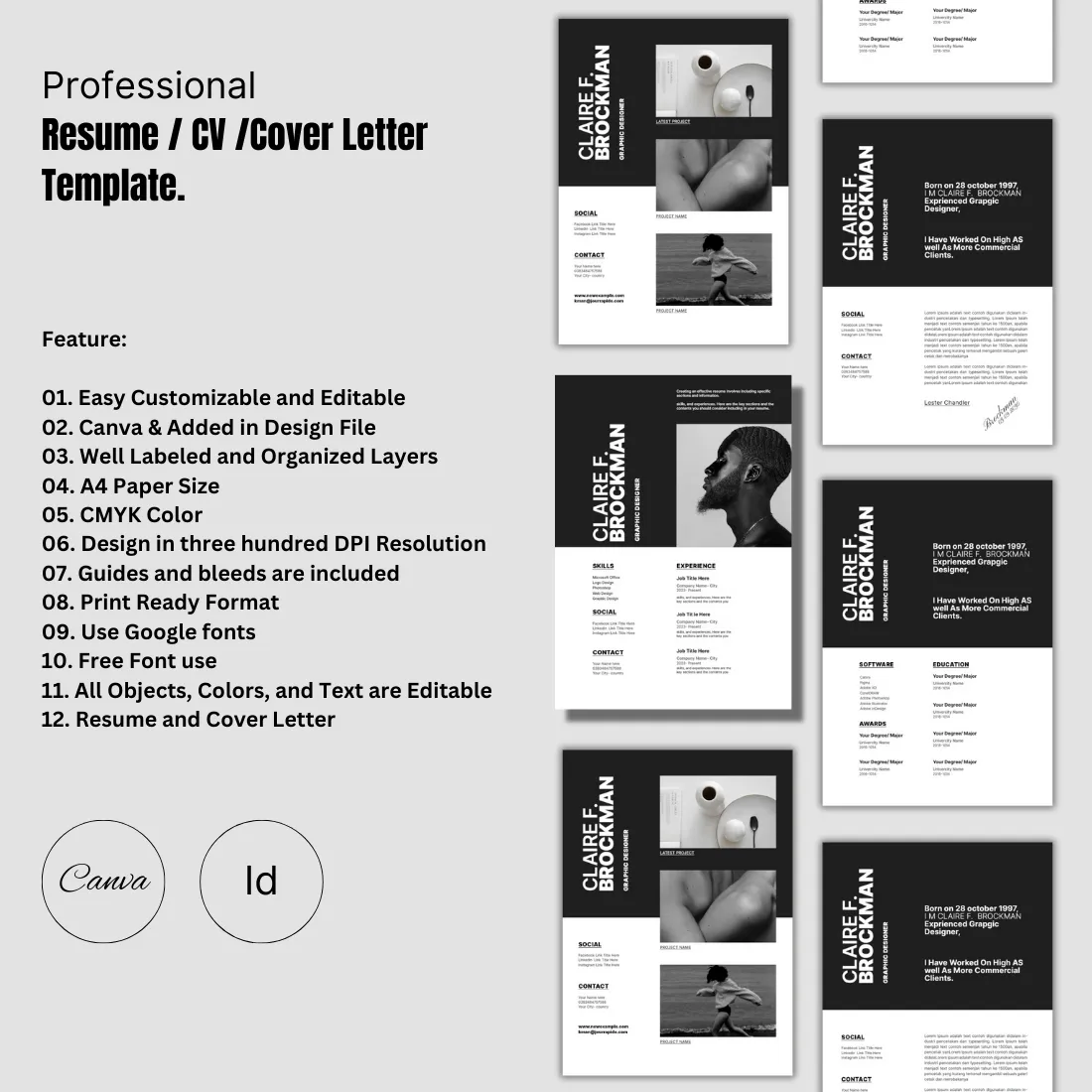
Begin each bullet point with a strong action verb to describe your accomplishments. Action verbs convey a sense of initiative and demonstrate what you have done. Examples include ‘managed,’ ‘developed,’ ‘implemented,’ ’led,’ ‘achieved,’ ‘increased,’ and ‘reduced.’ Using a variety of action verbs will also make your resume more dynamic and engaging. By using action verbs, you make it immediately clear what your role was and what results you achieved in each position.
Providing Measurable Results
Always include measurable results to support your achievements. Use numbers, statistics, and specific data to show the impact of your work. For example, ‘Increased sales by 20%,’ ‘Reduced customer complaints by 15%,’ or ‘Managed a budget of $1 million.’ These numbers demonstrate the tangible value you brought to previous employers, making your resume more credible and persuasive. Whenever possible, use data to showcase your skills and capabilities. This is one of the most important aspects of professional resume writing.
Secret 3 Highlighting Relevant Skills
Identify the skills that are most relevant to the jobs you are applying for. Create a dedicated skills section that lists both hard skills (technical skills) and soft skills (interpersonal skills). Make sure that the skills you list are aligned with the job description and that you can provide examples of how you have used those skills in the past. Your skills section is a quick reference for employers to see if you have the qualifications they are looking for. This helps them to quickly see the value that you bring to their company.
Identifying Key Skills
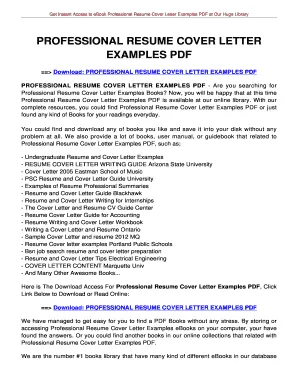
Carefully review the job description to identify the key skills the employer is seeking. These may include technical skills (such as software proficiency or coding languages) and soft skills (such as communication, teamwork, and problem-solving). Make sure to include these skills in your skills section, and provide examples of how you have demonstrated these skills in your work experience. Always look to tailor your skills to match the needs of the role you are applying for. By including the relevant skills, you make it easier for employers to see why you are the right fit for the role.
Showcasing Skills Throughout the Resume
Don’t just list your skills in one section. Throughout your resume, provide examples of how you have used those skills in your previous roles. In your work experience section, describe your responsibilities and achievements, highlighting the skills you used to accomplish them. This provides concrete evidence of your abilities and makes your resume more compelling. Integrate your skills naturally into your descriptions, making it easier for the hiring manager to see you in action. Use action verbs to start each bullet point, which helps to demonstrate the skills used.
Secret 4 Crafting a Compelling Summary or Objective
The summary or objective statement is your chance to make a strong first impression. It should be a concise statement that highlights your key skills, experience, and career goals. A well-written summary or objective can capture the attention of the hiring manager and encourage them to read the rest of your resume. This is your chance to set the tone and tell the reader who you are, the value you bring, and what you are looking for. Tailor this section to each job application and use keywords from the job description.
Writing an Effective Summary
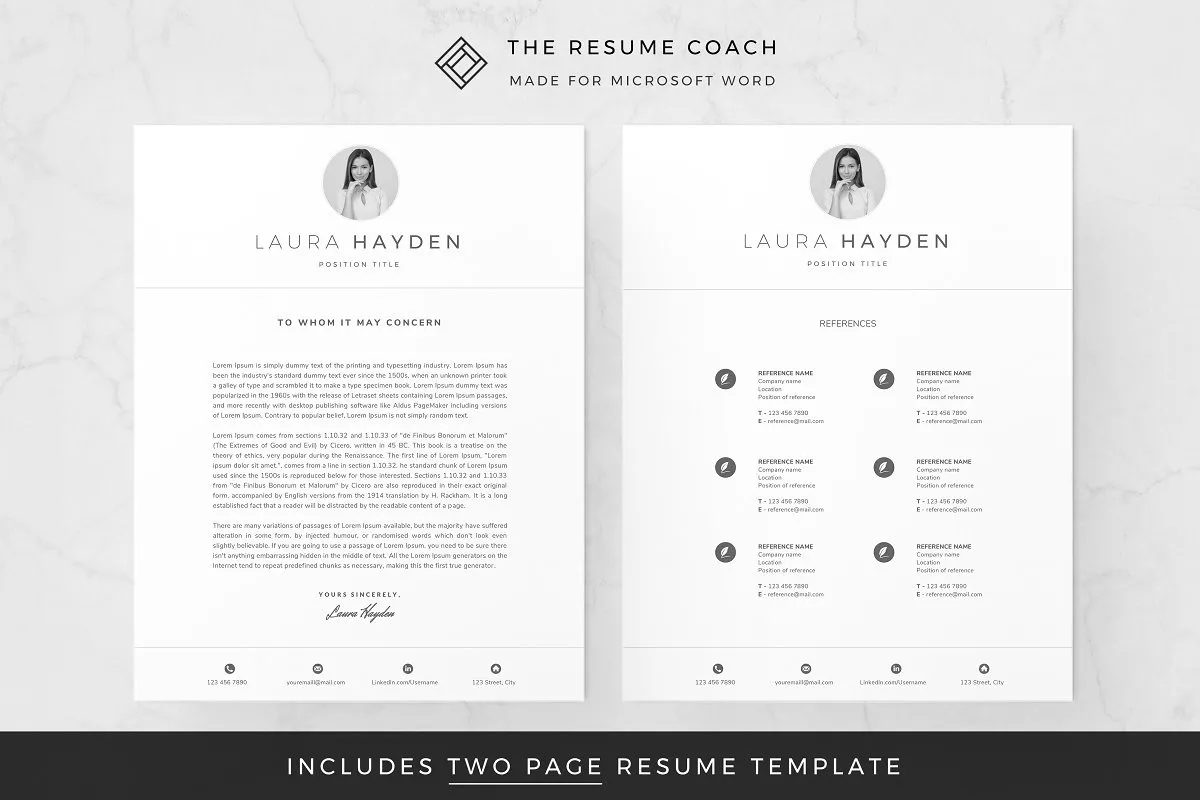
A summary statement is a brief overview of your qualifications and career highlights. It should be tailored to the specific job you are applying for and should include your key skills, experience, and accomplishments. Use strong action verbs and quantify your achievements whenever possible. Keep it concise and to the point, usually no more than four or five sentences. The summary statement is a powerful tool for attracting attention and setting the tone for the rest of the resume. Make the summary stand out by highlighting the most relevant information for the role you are targeting.
Understanding the Objective Statement
An objective statement focuses on your career goals and what you hope to achieve in the role. While less common than a summary, an objective statement can be useful if you are changing careers or have limited work experience. The objective should be clear and concise, stating the type of position you are seeking and what you can bring to the organization. This is a good option for those just starting out in their careers or those looking to make a significant career change, demonstrating their goals and aspirations to potential employers.
Secret 5 Choosing the Right Resume Format
There are several resume formats to choose from, and the best format for you will depend on your experience and career goals. The most common formats are chronological, functional, and combination. Understanding the strengths and weaknesses of each format is crucial for selecting the best option for your situation. Choose the format that best highlights your skills, experience, and accomplishments in the context of the role you are applying for. The right format will make your resume easier to read and increase your chances of getting noticed.
Chronological Resume
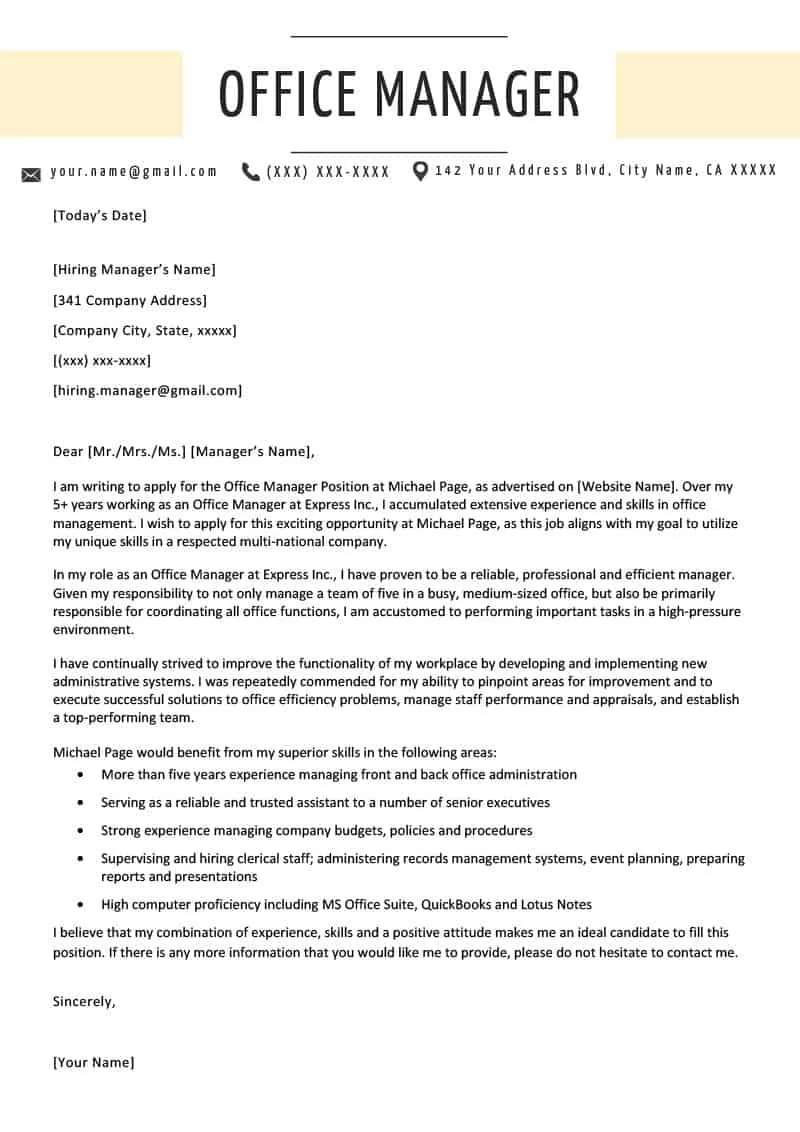
The chronological resume is the most common format and is suitable for those with a consistent work history. It lists your work experience in reverse chronological order, starting with your most recent job. This format is ideal for showcasing your career progression and is easily understood by employers. If you have a stable employment history and want to emphasize your career growth, the chronological format is a good choice. It’s a straightforward approach that helps hiring managers quickly understand your professional path.
Functional Resume
A functional resume focuses on your skills and abilities rather than your work history. It is often used by those with gaps in their employment history or those changing careers. This format highlights your transferable skills and can be a good choice if you have limited work experience or want to emphasize certain skills. The functional resume allows you to focus on your skills and qualifications, rather than the dates of your previous employment. This format can be beneficial for career changers and those with gaps in their work history.
Combination Resume
The combination resume combines elements of both the chronological and functional formats. It includes a skills section and a work history section, allowing you to highlight your skills while also showcasing your work experience. This format is a good option for those who want to emphasize both their skills and their work history. This gives you the best of both worlds, allowing you to showcase your skills while also providing a chronological overview of your employment history.
Secret 6 Proofreading and Editing Meticulously
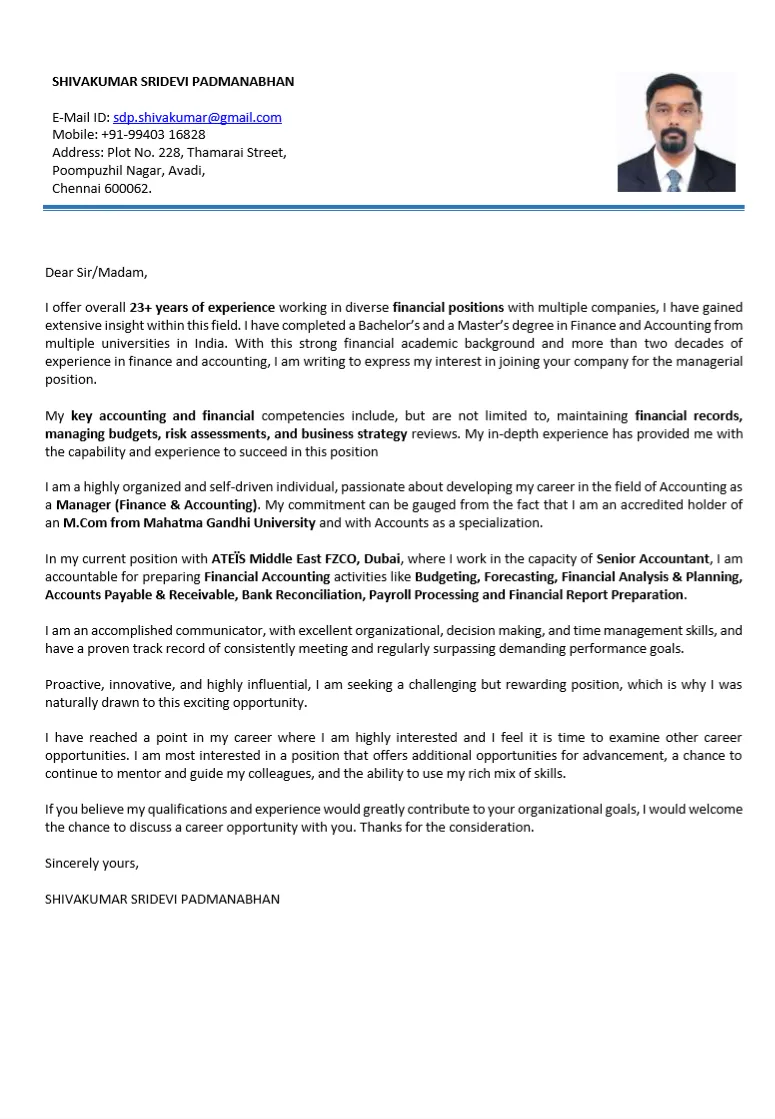
Typos, grammatical errors, and formatting inconsistencies can undermine your credibility and make you appear unprofessional. Before submitting your resume, carefully proofread it for any errors. Read your resume aloud to catch mistakes you might miss when reading silently. It is also a good idea to have a friend or family member review your resume, as a fresh pair of eyes can often spot errors you might miss. This is an essential step, as it shows the employer that you are detail-oriented.
Checking for Grammar and Spelling Errors
Make sure to check your resume for any grammar and spelling errors. Use a grammar checker and a spell checker, but also carefully proofread the document yourself. Errors can give the impression that you are careless or inattentive to detail. Ensuring that your resume is free of errors will enhance your credibility and make a positive impression on potential employers. Attention to detail is a must, and your resume reflects the care you give to your work.
Ensuring Consistent Formatting
Ensure that your resume has consistent formatting throughout. Use the same font, font size, and spacing for all sections. Maintain consistent bullet points and headings. Inconsistencies in formatting can make your resume look unprofessional and difficult to read. Consistent formatting creates a professional and organized document. Always ensure that everything is uniform to give a polished final product.
Secret 7 Optimizing for the Job Application
Your resume should be tailored to each job you apply for. This means carefully reviewing the job description and customizing your resume to match the specific requirements. Highlight the skills and experiences that are most relevant to the job and use keywords from the job description. By tailoring your resume, you increase your chances of getting past the initial screening process and landing an interview.
Using Keywords from the Job Description
Carefully review the job description and identify the keywords that the employer is using. These keywords are often related to the skills, qualifications, and experience that the employer is seeking. Incorporate these keywords into your resume, particularly in your skills section, summary statement, and work experience descriptions. Using keywords helps you get past the ATS and makes it easier for hiring managers to find the information they need. Make sure to use keywords naturally throughout your resume and not to stuff them in unnecessarily.
Customizing Your Resume
Customize your resume for each job application by tailoring the content to the specific requirements of the role. Highlight the skills and experiences that are most relevant to the job and re-order sections as needed to emphasize the most important information. This may involve re-writing bullet points or adding specific examples to demonstrate your qualifications. Taking the time to customize your resume for each job shows that you are genuinely interested in the position and have taken the time to understand the employer’s needs. Tailoring increases your chances of getting an interview.
In conclusion, writing a professional resume is a crucial skill for anyone seeking a new job. By following these seven secrets, you can create a resume that stands out, showcases your skills and experience, and increases your chances of landing an interview. Remember to tailor your resume to each job, quantify your achievements, highlight your relevant skills, and proofread carefully. By implementing these strategies, you can create a resume that gets you noticed and helps you achieve your career goals. Good luck in your job search!
